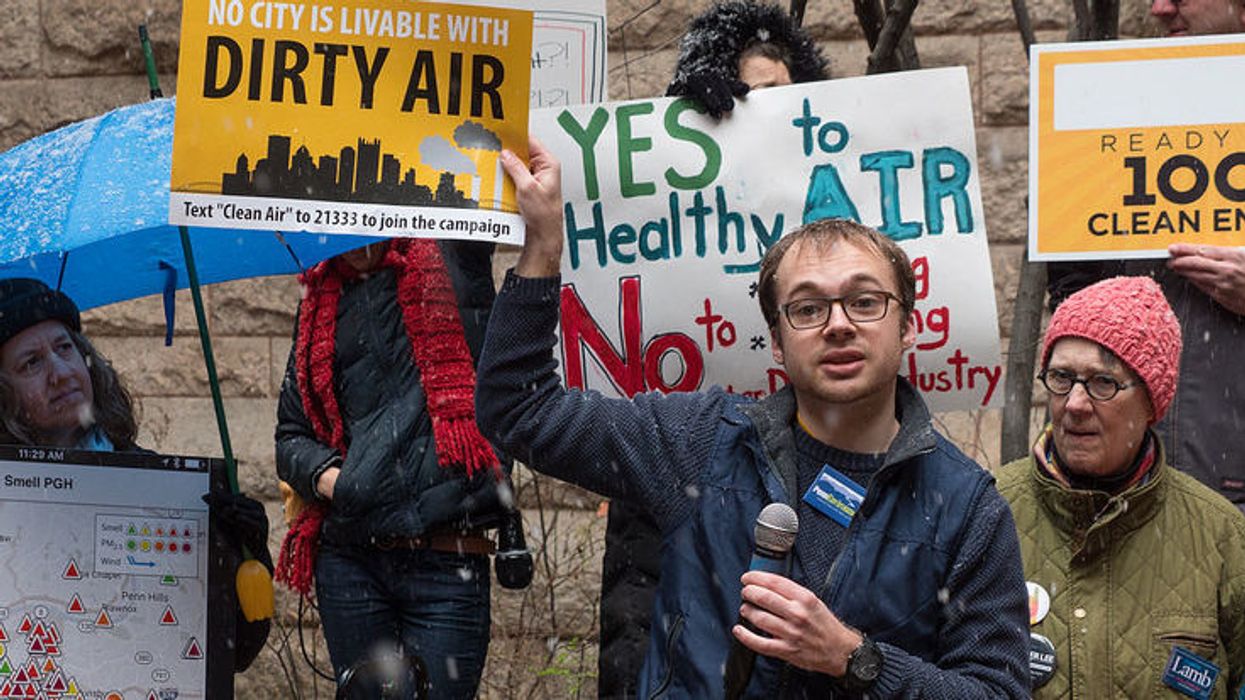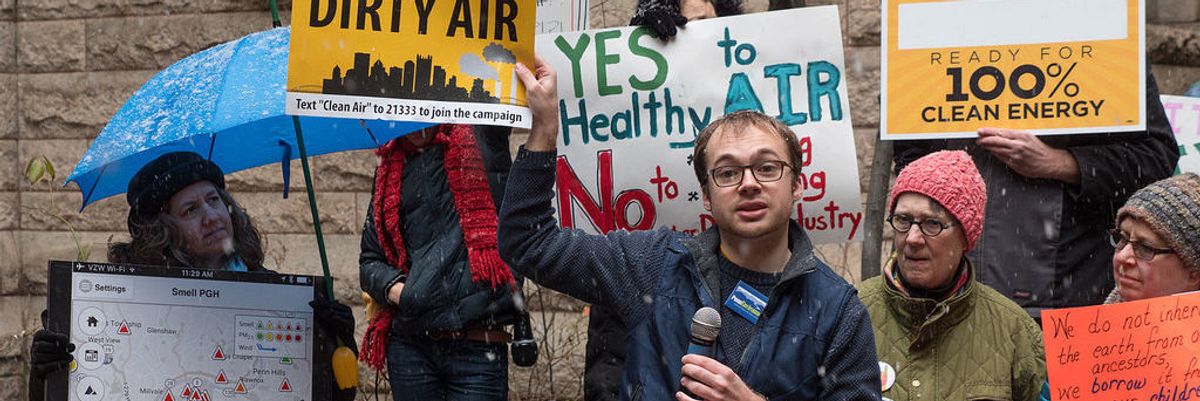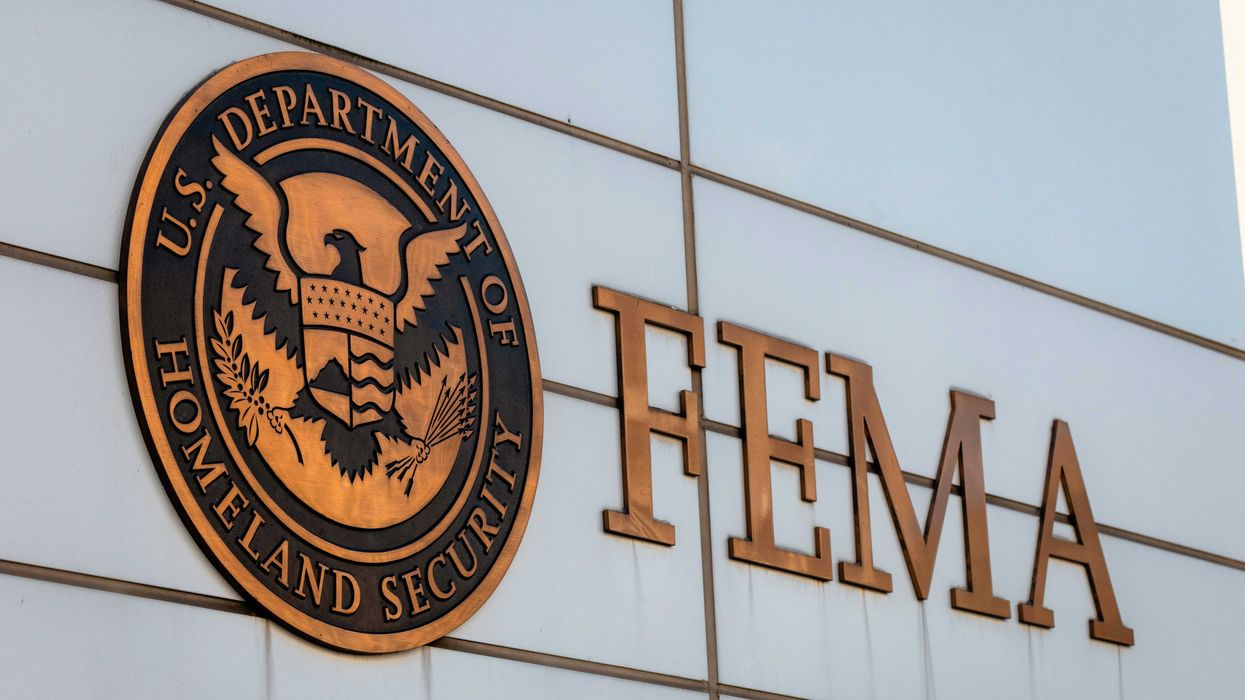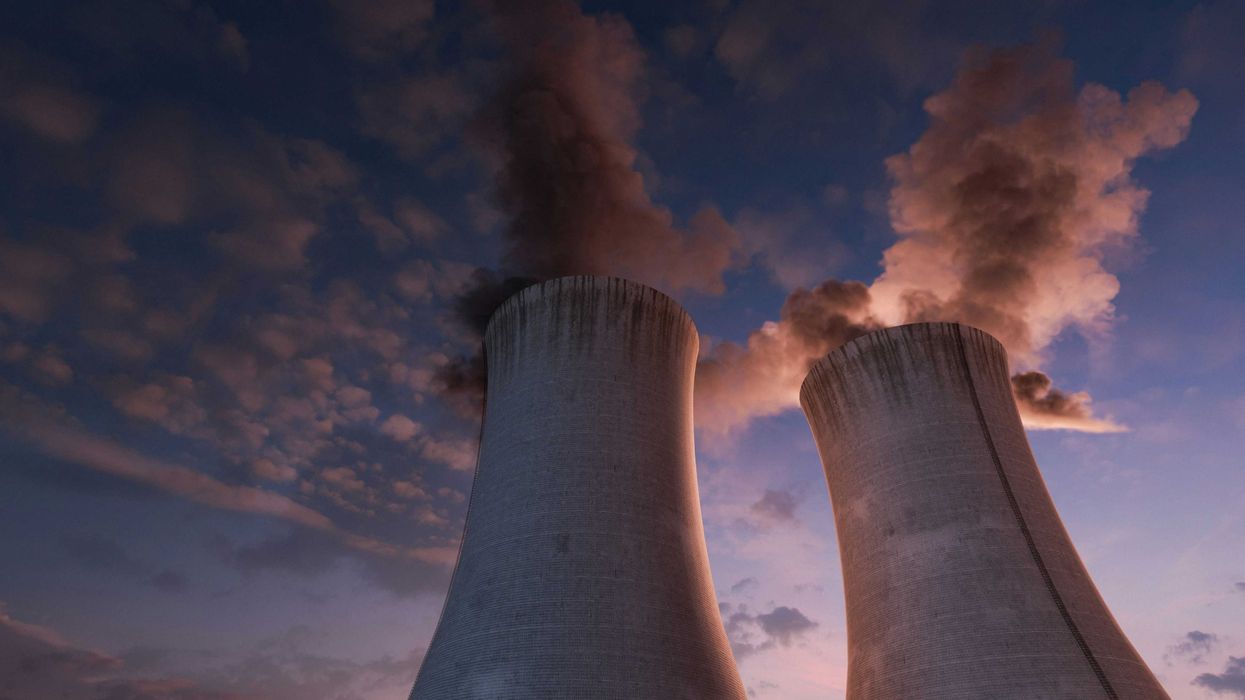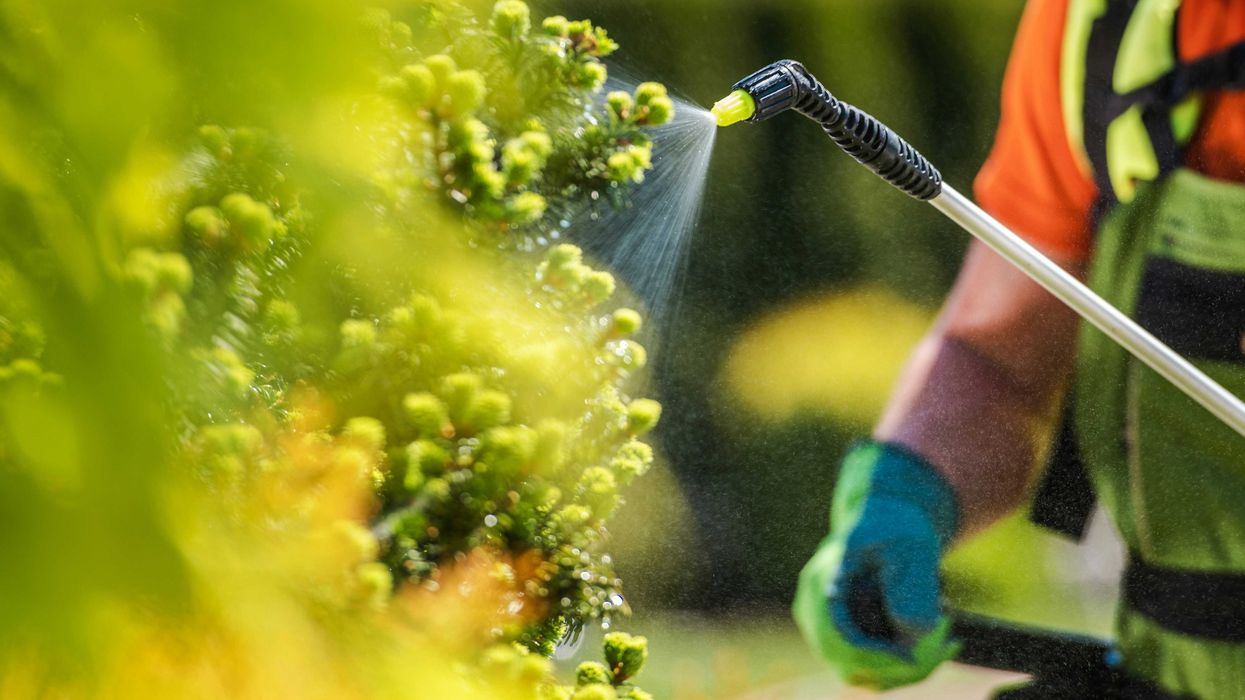Pittsburgh's air quality is not only among the worst in the nation, but has actually declined in recent years, according to a new report from the American Lung Association.
The organization's annual "State of the Air" report for 2018, which uses a report card-style grading system, gave Allegheny County F grades for ozone, daily particulate matter levels and long-term particulate matter levels. It was one of just 10 counties in the nation to score F grades in all three categories.
While the region saw a slight decrease in unhealthy days for ozone, there was an increase in particulate matter pollution, which causes higher rates of asthma and lung cancer, decreased lung function in children, and increased hospital admissions and premature death due to heart attacks and respiratory illness. This marks the 19th year that the "State of the Air" report has been issued, and the 19th time Allegheny County has received an F grade for particle pollution.
The report, which looked at data from 2014 to 2016 for the Pittsburgh-New Castle-Weirton, Pennsylvania/Ohio/West Virginia metro area, found that on both measures for particle pollution, Allegheny County did worse this year than last year: The region fell from the 17th worst-ranked county in the nation for daily particle pollution levels to the 10th worst, and Pittsburgh was one of just six regions in the country where year-round particulate pollution increased, rather than decreased, since the last report. (The others were Los Angeles; Las Vegas; Birmingham, Ala.; Harrisburg-York-Lebanon, Penn.; and Lancaster, Penn.)
Allegheny County was also the only county in the state to experience an increase in unhealthy air days for particulate pollution—from an average of 6 to 8.5 unhealthy days per year.

"One bad air day can be one day too many, especially for people with asthma, children, senior citizens and others who are more vulnerable to suffer from poor air quality," Kevin Stewart, director of Environmental Health for the Mid-Atlantic American Lung Association, told EHN.
"The health impact could just be a day where people experience pain when breathing deeply and can't carry out their normal activities and have to stay home from school or work. But we also know that being exposed to high levels of ozone or fine particle pollution can kill people," he said.
Stewart highlighted that Allegheny was the only county outside of California to receive F grades in all three air quality categories, which he said is likely due to industrial sources.
"In California there are certain meteorological and topographical elements that lead to concentrations of air pollutants at the ground level," he explained. "They have a drier environment, so they have a larger component of atmospheric dust than there is in the East, for example. In Allegheny County, the problem is more likely related to industrial sources of air pollution."
An earlier report from PennEnvironment indicates that 70 percent of Pittsburgh's air pollution comes from just 10 industrial sources.
"These Fs represent a failure on the part of local leaders and regulators to prioritize air quality and treat it as the significant public health threat that it is," Rachel Filippini, executive director of Pittsburgh's Group Against Smog and Pollution (GASP), said in a statement.
When it comes to ozone, the Pittsburgh metro area is improving, despite still receiving an F grade. For the third year in a row, the region experienced fewer unhealthy days of high ozone than in it had in previous reports.
"We certainly applaud the progress made in the U.S. and in Southwestern Pennsylvania with respect to air pollution in the past," Stewart said. "But there are a lot of potential risks now—from potential new industrial development as a consequence of the national gas and ethane boom, to what's happening at the national level with the EPA's weakened ability to enforce the Clean Air Act.
"We have to take care of these things for ourselves and for our children."
- Cancer in Pittsburgh: Prevention lags as pollution persists - EHN ›
- Pittsburgh’s air quality continues to decline - EHN ›
- air in Pittsburgh is unsafe to breathe for about four months a year, - EHN ›

